AP Biology Test 1
0.0(0)
0.0(0)
Card Sorting
1/57
Earn XP
Description and Tags
Study Analytics
Name | Mastery | Learn | Test | Matching | Spaced |
|---|
No study sessions yet.
58 Terms
1
New cards
7 functions of life
1. Made of cells
2. Growth
3. Reproduction
4. Evolution
5. Homeostasis
6.Metabolism
7. Interact with environment
2. Growth
3. Reproduction
4. Evolution
5. Homeostasis
6.Metabolism
7. Interact with environment
2
New cards
Cell theory
1. All living things are built of cells
2. Cells are the smallest form of life
3. Cells only repoduce by division
2. Cells are the smallest form of life
3. Cells only repoduce by division
3
New cards
"Glyco" and "ose"
shows that something is a sugar
4
New cards
''ase'
Shows that something is an enzyme
5
New cards
"lysis"
to break down usuing enzymes
6
New cards
"Phag"
to eat
7
New cards
Prokaryotic cell
1. DNA is located in nucleoid
2. Generally smaller and single Celled
3. Generally Does not need oxygen
4. No organelles
2. Generally smaller and single Celled
3. Generally Does not need oxygen
4. No organelles
8
New cards
Eukaryotic Cell
1. DNA in Nucleus
2. usuaully larger and multicellular
3. needs oxygen
4. Organelles
2. usuaully larger and multicellular
3. needs oxygen
4. Organelles
9
New cards
Contents of a Eukaryotic cell
nucleas, organelles, cytosol, cytoskeleton, membrane
10
New cards
Nucleus
- Stores genetic information
- Chromatin is the untangled form of DNA
- Chromatin is the untangled form of DNA
11
New cards
Nuclear envelope
- Strong membrane of the nucleus
- Contains inner membrane, outer membrane and nuclear pore
- Contains inner membrane, outer membrane and nuclear pore
12
New cards
Nucleolus
Source of Ribosomes
- located inside the nucleus
- located inside the nucleus
13
New cards
Plasma membrane
regulates what enters and exits the cell
14
New cards
phagocytosis
Process in which the cell engulfs a large solid particle
15
New cards
Ribosomes
- Form protiens
- Any protiens not attached to the rough ER(freefloating in cytosol) are used to synthesize protiens to be sent out of the cell
- Any protiens not attached to the rough ER(freefloating in cytosol) are used to synthesize protiens to be sent out of the cell
16
New cards
Rough ER
- Network of membranes with ribosomes that acts as pathway to the golgi
- involved in Membrane manufacturing
- involved in Membrane manufacturing
17
New cards
Smooth ER
- Forms Lipids and detoxifies the cell
18
New cards
Lysosome
Cells Digestive system
**Extremely uncommon in plant cells
**Extremely uncommon in plant cells
19
New cards
Autophagy
Process of Lysosomes breaking down damaged organelles
20
New cards
Cristae
"infoldings' of the mitochondrias inner membrane
- involved in the final stage of producing ATP
- involved in the final stage of producing ATP
21
New cards
Mitochondiral matrix
inner compartment of mitochondria
22
New cards
Golgi Apparatus(body)
packages and ships protiens
23
New cards
Glycoprotien
A sugar attached to a protien
24
New cards
Endomembrane system
All of the membranes within a cell
25
New cards
Food vacoule
Collects food particles through phagocytosis
26
New cards
Cilia
small harilike threads attached to cells that assist with movement
- basically a mini version of flagella
- basically a mini version of flagella
27
New cards
Peroxisomes
Breaks down wastes and fat
- produces peroxids whihc is used to kill microrganisms
- produces peroxids whihc is used to kill microrganisms
28
New cards
Capsule
protection barrier for bacteria
29
New cards
Desmosomes
Fastens Animal cells together into strong sheets
30
New cards
Plasmodesmata
intercellular pores/bridges that connect plants cells to their neighboring cells
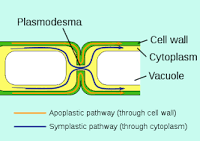
31
New cards
Pili
Hairlike fibers found on bacteria allowing them to stick to surfaces
32
New cards
Plastids
Creates and stores pigments, starches, and oilds used by the cell
33
New cards
Extracellular matrix
Everything immediately outside the cell membrane
34
New cards
collagen
Protien that gives structural support to cells(such as Skin cells)
35
New cards
Tight Junction
Junctions in animal cells where membranes of neighboring cells are pressed against each other
36
New cards
Gap junctions
Junctions in animal cells that provide cytoplasmic channels between cells
37
New cards
Microfilament
thinnest part of cytoskeleton
38
New cards
Actin
the protien that froms microfilaments
39
New cards
Microtubules
hollow rods of protien that help support the cell
- assist in cell division
- assist in cell division
40
New cards
Centrosome
area near the nucleus where microtubules are formed and contains the centrioles
41
New cards
intermediate filaments
Cytoskeltal elements that bear tension
42
New cards
Centriole
From in pairs and forms spindle fibers for cell division
43
New cards
Pseudopodia
Cellular extensions that allow a cell to crawl on surfaces

44
New cards
nuclear lamina
a netlike array of protein filaments that maintains the shape of the nucleus by supporting the nuclear envelope,
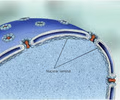
45
New cards
Chloroplasts
- produce chlorophyll
- pathway of photosynthesis
contains:
1. Stroma
2. Garnum
3. Thylakoids
- pathway of photosynthesis
contains:
1. Stroma
2. Garnum
3. Thylakoids
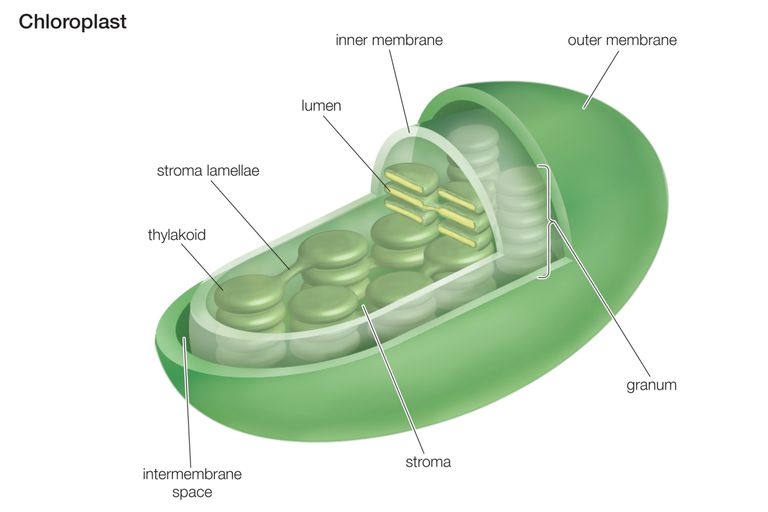
46
New cards
Stroma
Inner space of fluid inside the chloroplast
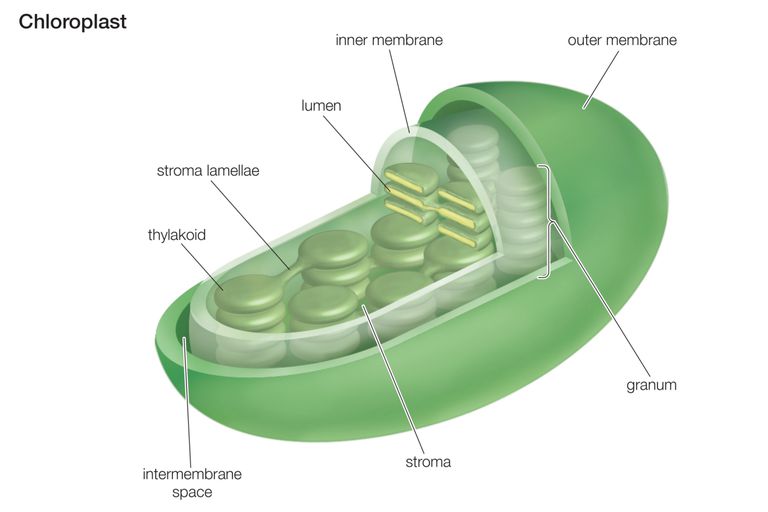
47
New cards
Granum
Stacks of thylakoids
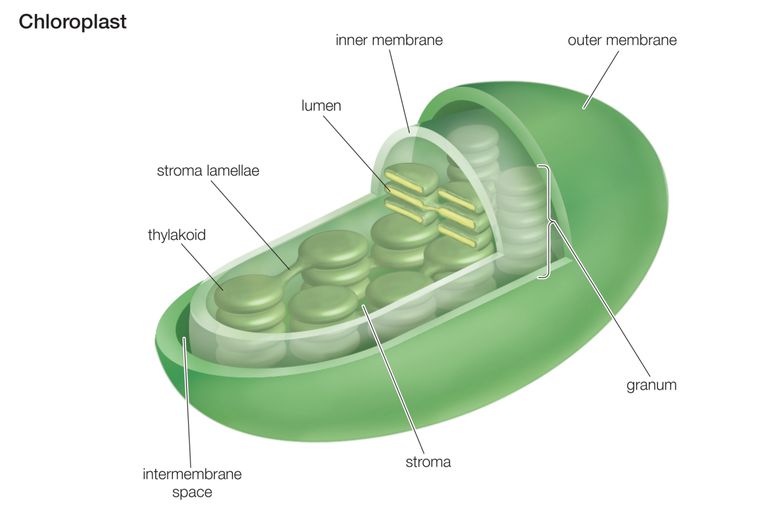
48
New cards
thylakoids
Flattened and interconnected sacs in the chloroplasts

49
New cards
middle lamela
Thin layer between primary walls of plants cells that is kept together by pectin
50
New cards
Pectin
a sticky glue like substance that allows cells to stick together
51
New cards
Biochemistry levels of organization
1. Atoms
2. Molecules
3. Compunds
4. Cells
5. Tissue
6. Organs
7. Ogran system
8. Organism
2. Molecules
3. Compunds
4. Cells
5. Tissue
6. Organs
7. Ogran system
8. Organism
52
New cards
Elements of Life(first 96%)
1. oxygen
2. carbon
3. hydorgen
4.Nitrogen
2. carbon
3. hydorgen
4.Nitrogen
53
New cards
Elements of Life(last 4%)
1. phosphorus
2. calcium
3. sulfur
4. potassium
** there are really 25 total elements that are essential, they are just a tiny percentage compared to the rest
2. calcium
3. sulfur
4. potassium
** there are really 25 total elements that are essential, they are just a tiny percentage compared to the rest
54
New cards
Bonding
WEAK BONDS
- Hydrogen bonds, attarction between charges
STRONG BONDS
- covalent bonds, sharing electrons, stabel and forms molecules
- Hydrogen bonds, attarction between charges
STRONG BONDS
- covalent bonds, sharing electrons, stabel and forms molecules
55
New cards
organic molecules
Any molecule containing carbon
56
New cards
biomolecules
Large organic molecules that exist in all living things
- AKA Macromolecules
- AKA Macromolecules
57
New cards
4 types of macromolcules
1. Protiens
2. Carbohydrates
3. Nucleic acids
4. Lipids
2. Carbohydrates
3. Nucleic acids
4. Lipids
58
New cards
4 properties of water
1. adhesiveness
2. heat capacity
3. acts as a solvent
4. density of ice
2. heat capacity
3. acts as a solvent
4. density of ice